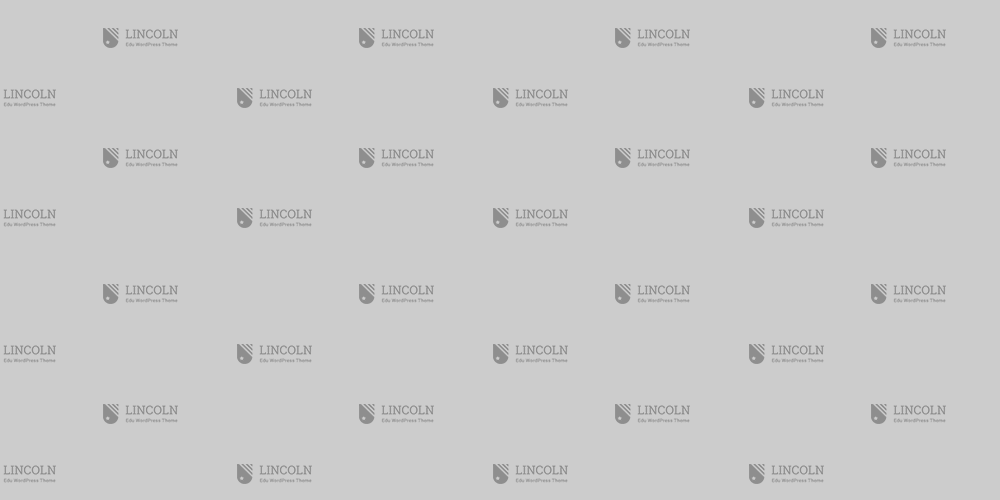The belief and practice of hypnosis has been around since ancient times when yoga meditation and hypnotic-like inductions where used for healing and religious purposes. The term “hypnosis” was derived from James Braid’s adopted term “hypnotism” which he took from the idea of “neuro-hypnotism,” or nervous sleep. Braid was an early influencer and pioneer in the field of hypnosis. In fact, he is thought by many to be the first known hypnotherapist. His writings and research helped shape what is known as hypnosis today.
In many of his writings, Braid noted that hypnotism’s historical precursors came from ancient India, Greece, China and Egypt. In the Orient, hypnosis was a way to meditate upon religion. In Hindu culture, a form of yoga meditation and hypnosis was also a spiritual practice. Throughout India, Greece and Egypt, hypnotic suggestion was used to heal the sick in special sleep temples.
Early forms of hypnosis included mesmerism and magnetism. Dr. Franz Mesmer, a physician from Austria, investigated mesmerism and magnetism in humans and animals. His techniques, such as curing by touch and using rods and magnetic tubs to cure everything from blindness to hysteria, were once very popular among many seeking quick cures. However, Mesmer fell out of favor once the French Royal Academy of Sciences determined there was no substance or scientific backing to his techniques.
James Braid opposed the views of Mesmer and the concepts of mesmerism and magnetism and took a more skeptical position when studying hypnosis. Braid is credited with writing the first book about hypnosis, in which he discusses hypnotic-induction, the hypnotic trance, and physiological and psychological occurrences during hypnosis. This book, Neurypnology (1843), marked one of the earliest achievements in documenting hypnosis. Upon Braid’s death in 1860, there was a lack of interest in hypnosis until the 1880s when scientists unveiled new theories and research about hypnosis.
Throughout the late 19th century and early 20th century, hypnosis was used in a variety of ways by clergy, scientists, mental health professionals, and doctors. The usefulness and purpose of hypnosis was often debated as research and writings continued to surface discussing the benefits of hypnotism. Hypnosis was used to treat hysteria, as a form of anesthesia by field doctors, and much more. By the end of the 19th century, hypnosis was clearly a popular phenomenon.
In the 20th century, many famous psychiatrists and psychologists continued developing theories and practices involving hypnosis. Jean-Martin Charcot’s experiments in the 19th century helped shape the therapy techniques of Sigmund Freud. Platanov and Pavlov experimented with obstetric hypnosis, as did Fernand Lamaze. These techniques are still used today during childbirth. During 20th century wars, hypnosis techniques were used to treat psychological issues. These techniques helped to shape contemporary treatments for Post Traumatic Stress Disorder.
In the mid-1900s, the British Medical Association was instrumental in regulating the use of hypnosis in pain management in childbirth and surgery. The Hypnotism Act was also passed in the United Kingdom in the mid-1900s to monitor the use of hypnosis in stage shows and other public demonstrations. A few years after the United Kingdom instituted these provisions, the United States followed suit by encouraging research on hypnosis and approving a report about the medical uses of hypnosis.
Many modern schools of hypnosis are based off of the studies and theories of Milton Erickson. Erickson’s idea was that the mind was always awake and able to take suggestions and cues from an outside source when under hypnotic influence. This idea and the theories of Erickson, commonly referred to as Ericksonian Hypnosis, influenced hypnosis as we see it today.

